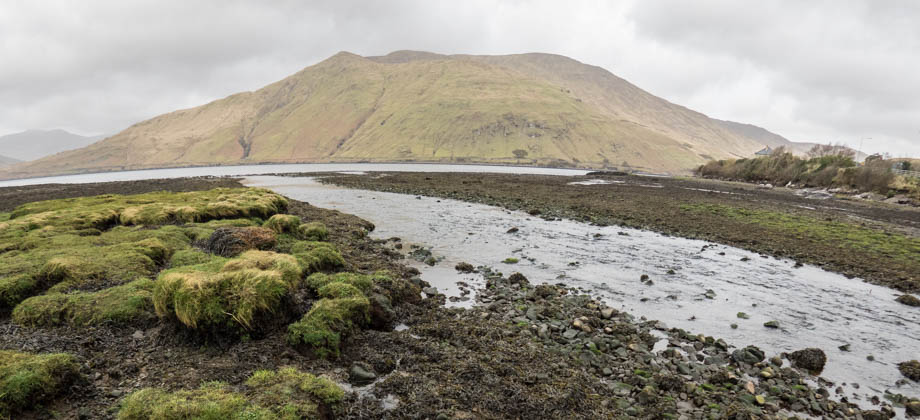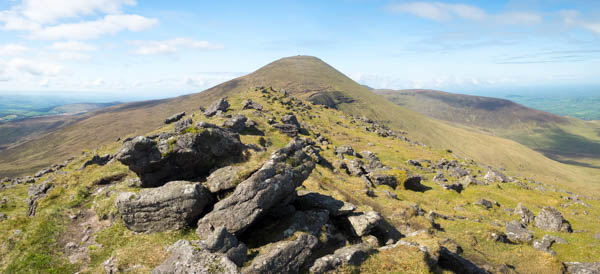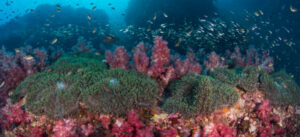Killary Fjord
Locomotion
There are many different modes of locomotion that are used in the animal kingdom. Echinoderms, whose members are extremely common in the waters around Killary Fjord, use tube feet to move around. These tube feet function by using hydraulic pressure that creates suction, and with the help of sticky mucus, allow them to adhere to surfaces. Subsequent waves of contractions, drawing backwards, and then relaxations of these tube feet cause the echinoderms to move slowly, but surely, along. Some echinoderms, like sea urchins, sometimes use both their tube feet and their articulated spines together to navigate tricky terrain. This also gives them the ability to roll themselves upright if ever they find themselves inverted.
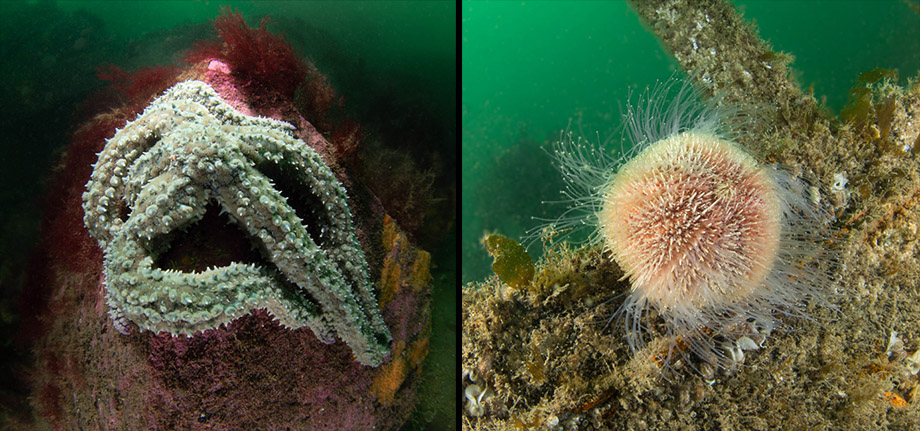
Gastropods, like the candy-striped flatworm (Prostheceraeus vittatus), use a very similar mechanism as the tube feet of echinoderms, but without the hydraulic pressure. The foot (or base) of gastropods are covered with a layer of very fine cilia, that also utilises waves of contractions and relaxations. The cilia can be so fine that the gastropod may even seem to slide rather than crawl. Sticky mucus is also excreted by the foot which assists the gastropod to move. This excretion leaves a trail that not only can be followed by other individuals from their species (in a peculiar ritual appropriately called 'trailing’), but also by their predators.
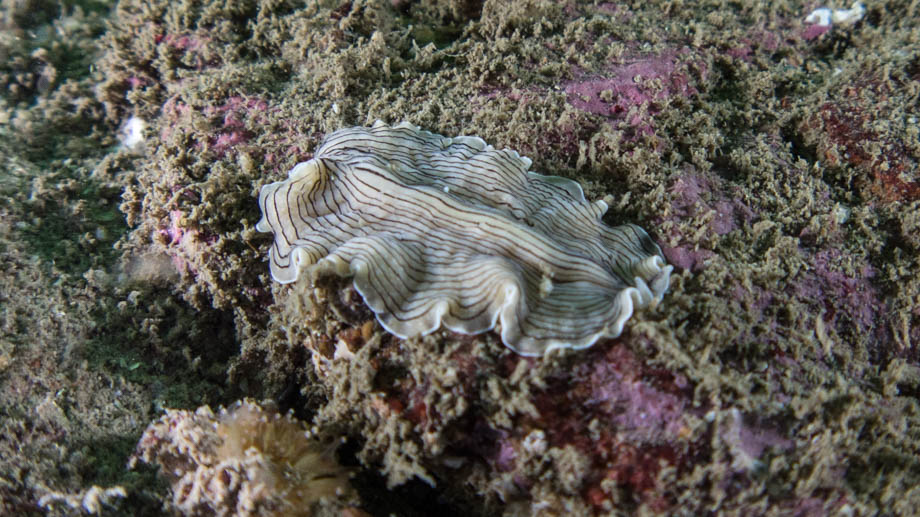
Not all gastropods use cilia for locomotion, however. Royal flush sea slugs (Akera bullata), for instance, can sometimes bob up and down erratically in the water column by flapping their fleshy wings-like protrusions, which are known as 'parapodia'. These sea slugs are primitive, and have been around for the last 160 million years. They are also related to sea hares, but unlike sea hares, they swim in an upright position with their external shell facing downwards. Royal flush sea slugs occasionally form large swarms that swim (or bob around) together, but if you do happen to encounter one of these swarms, be sure to not agitate them... if not, you just might find yourself covered in purple ink!


